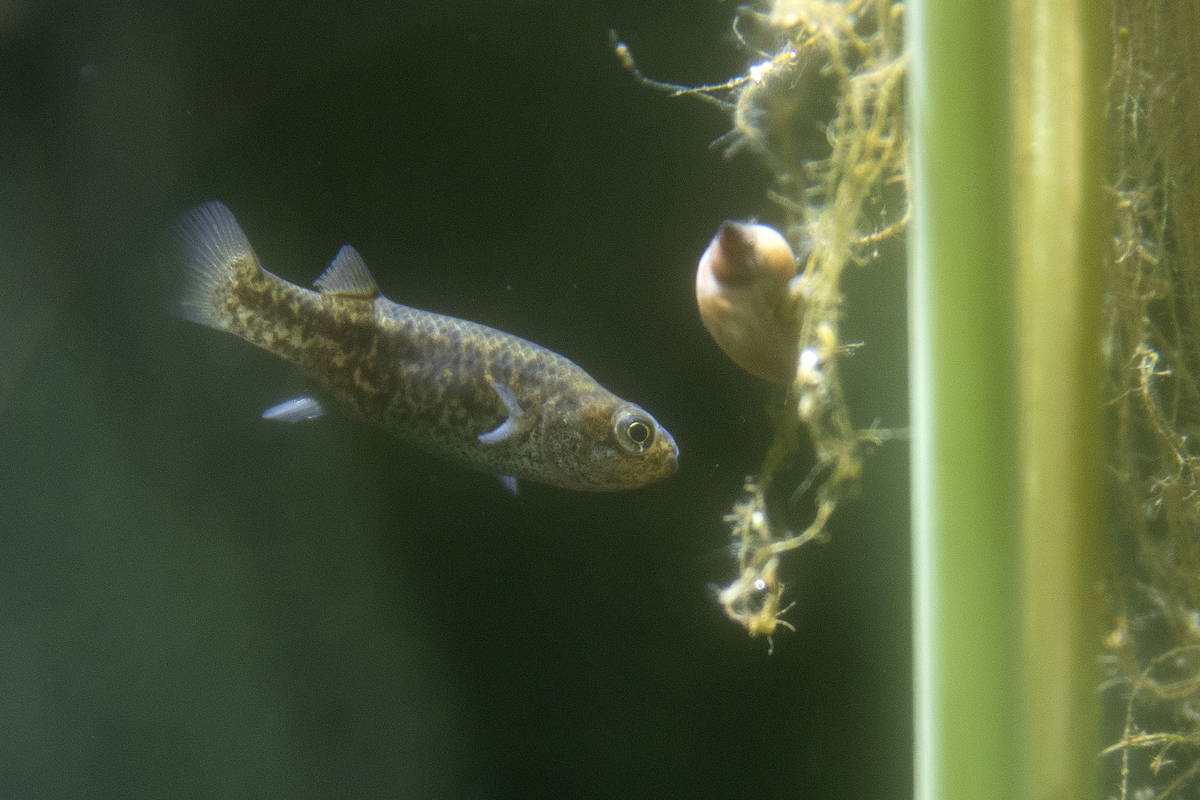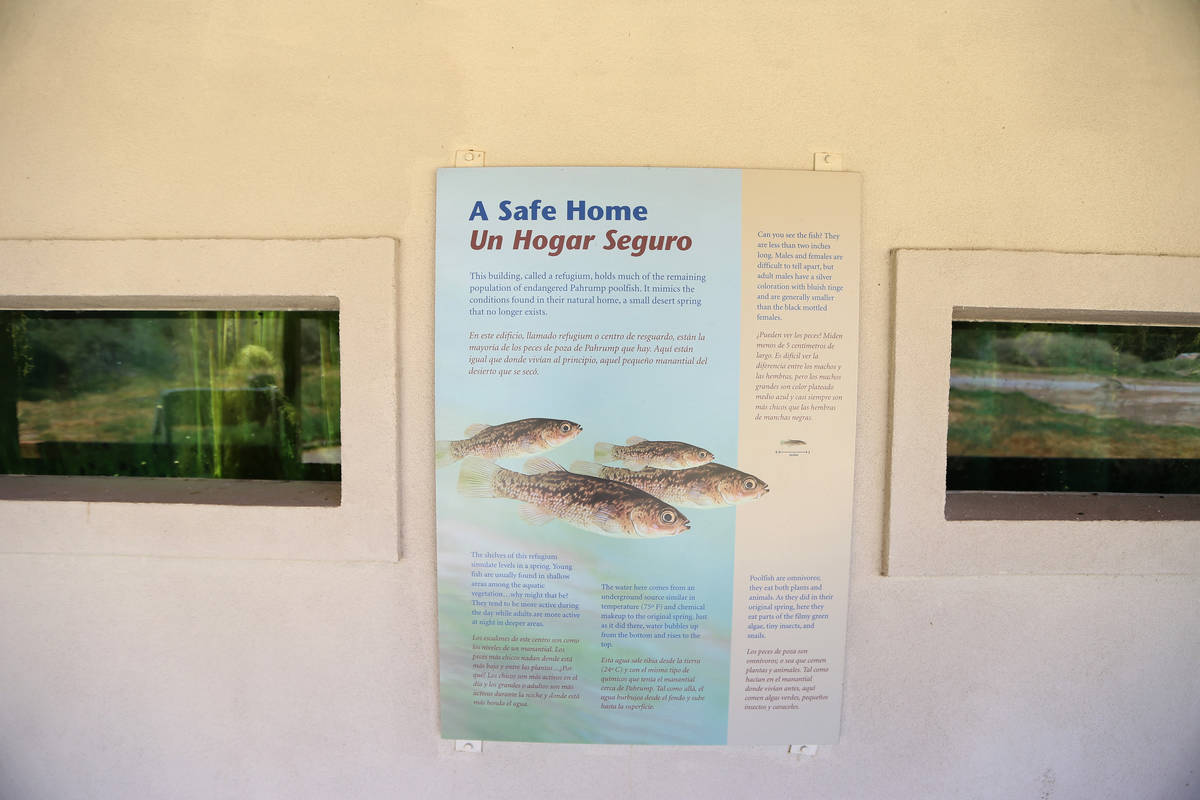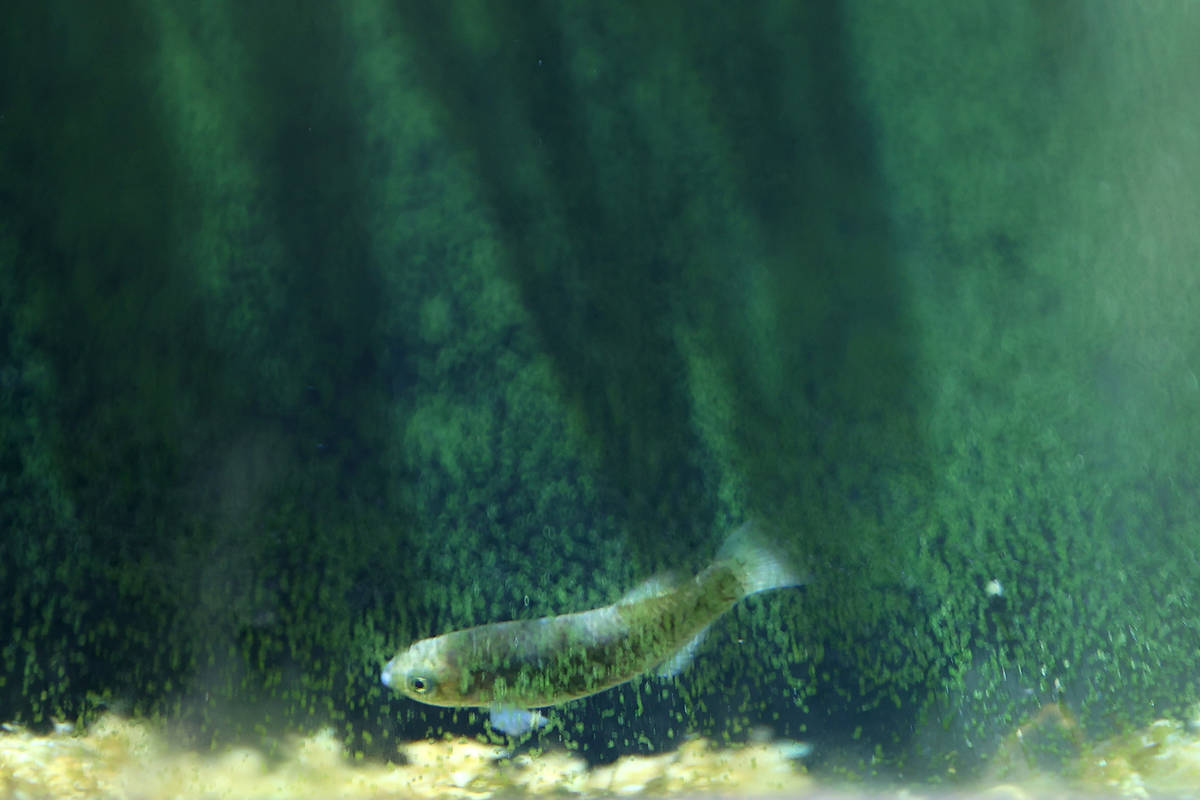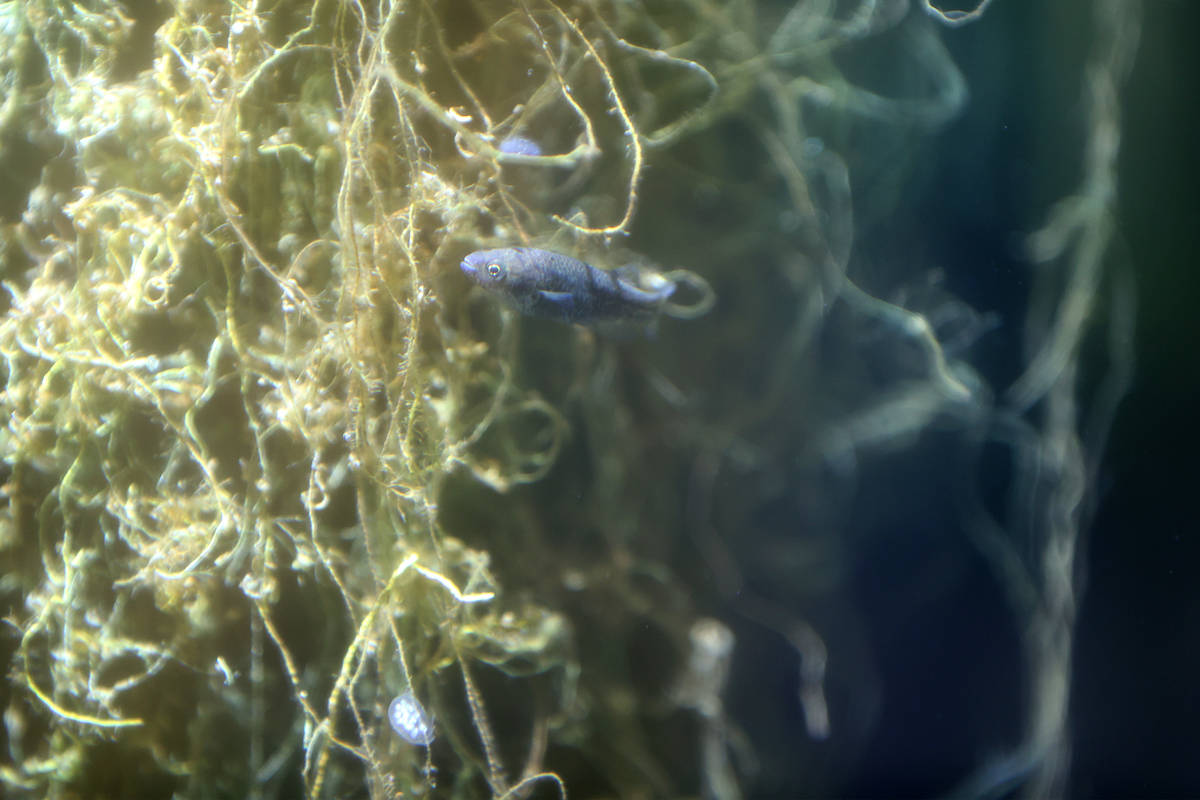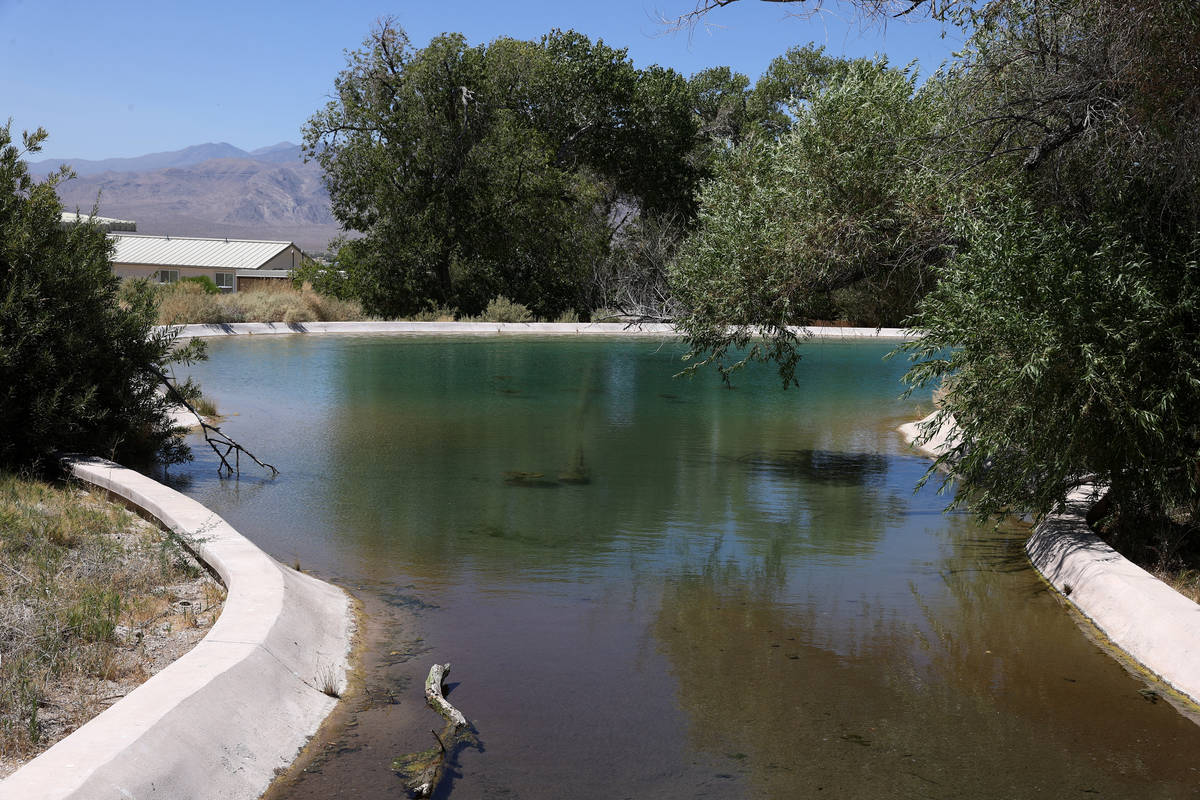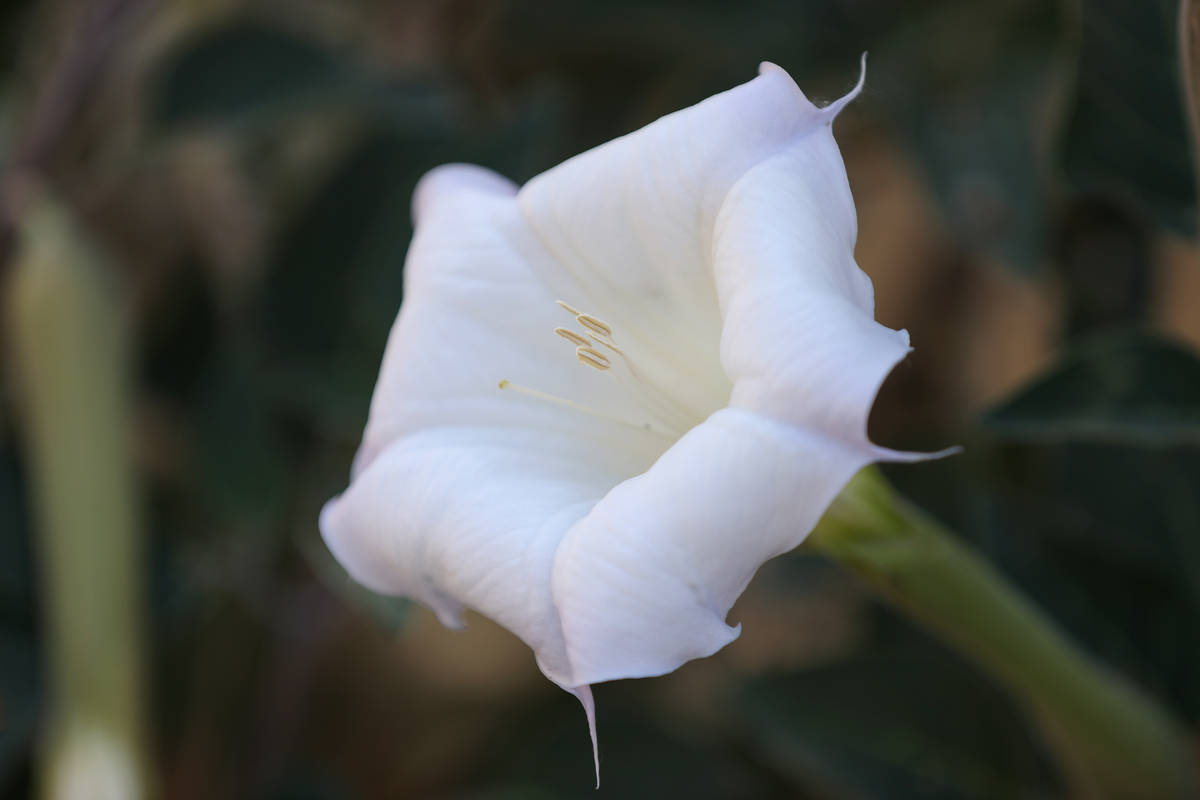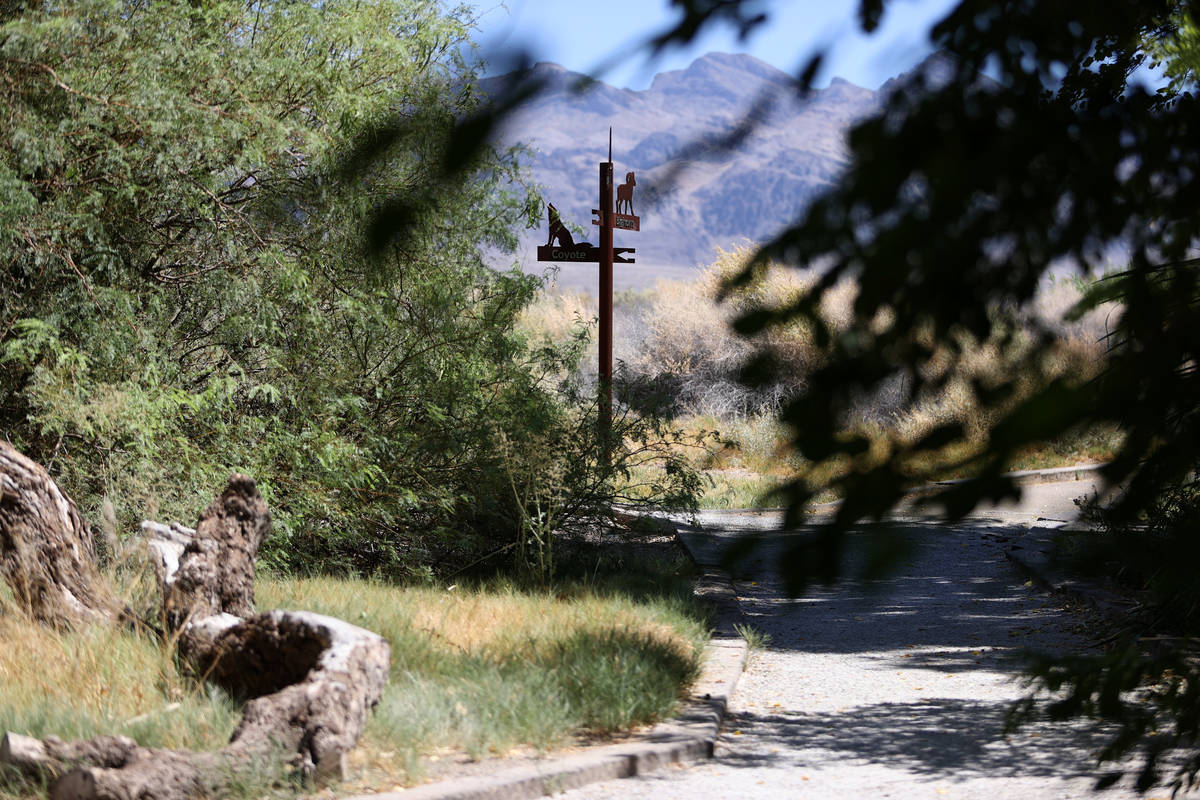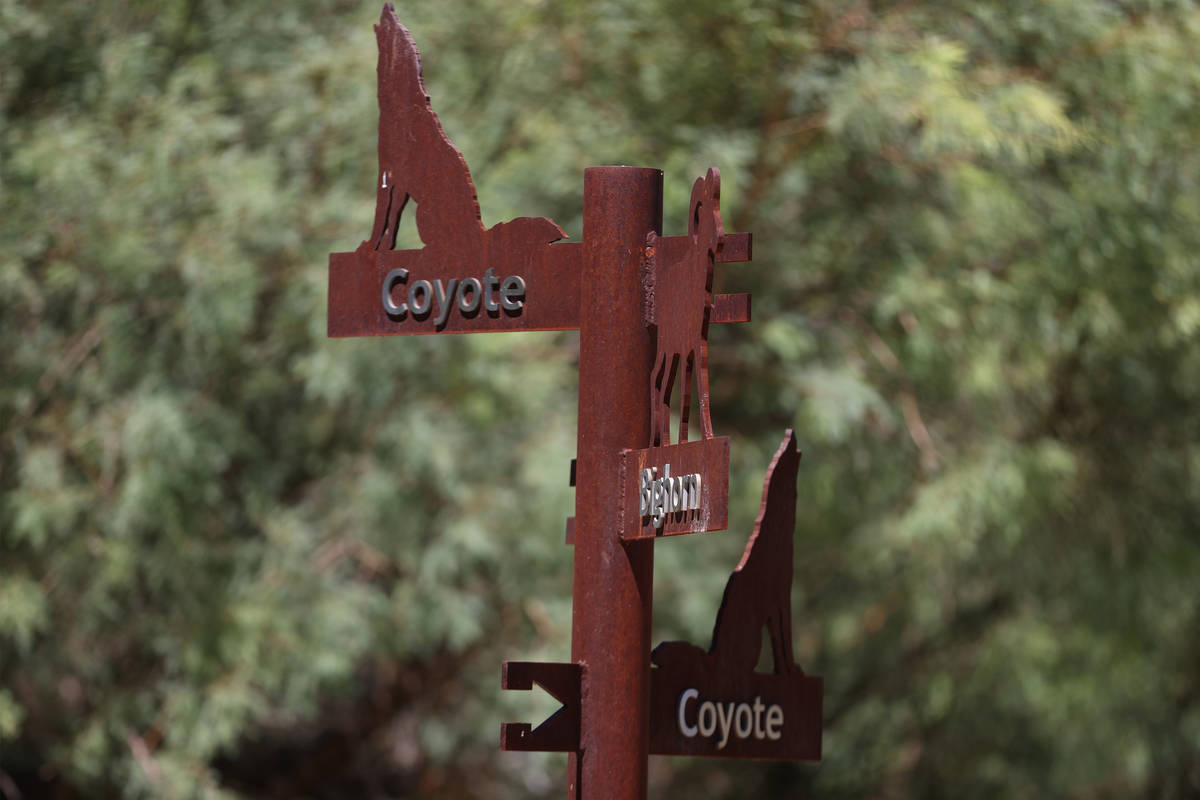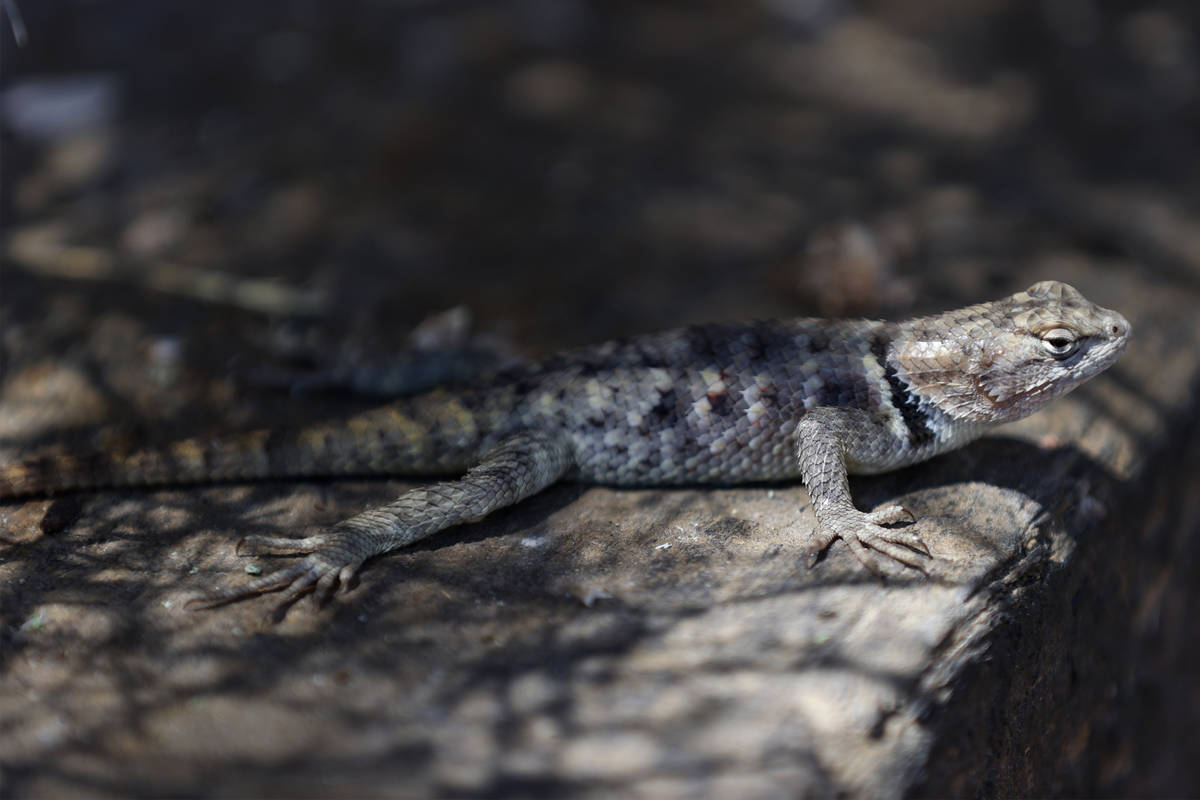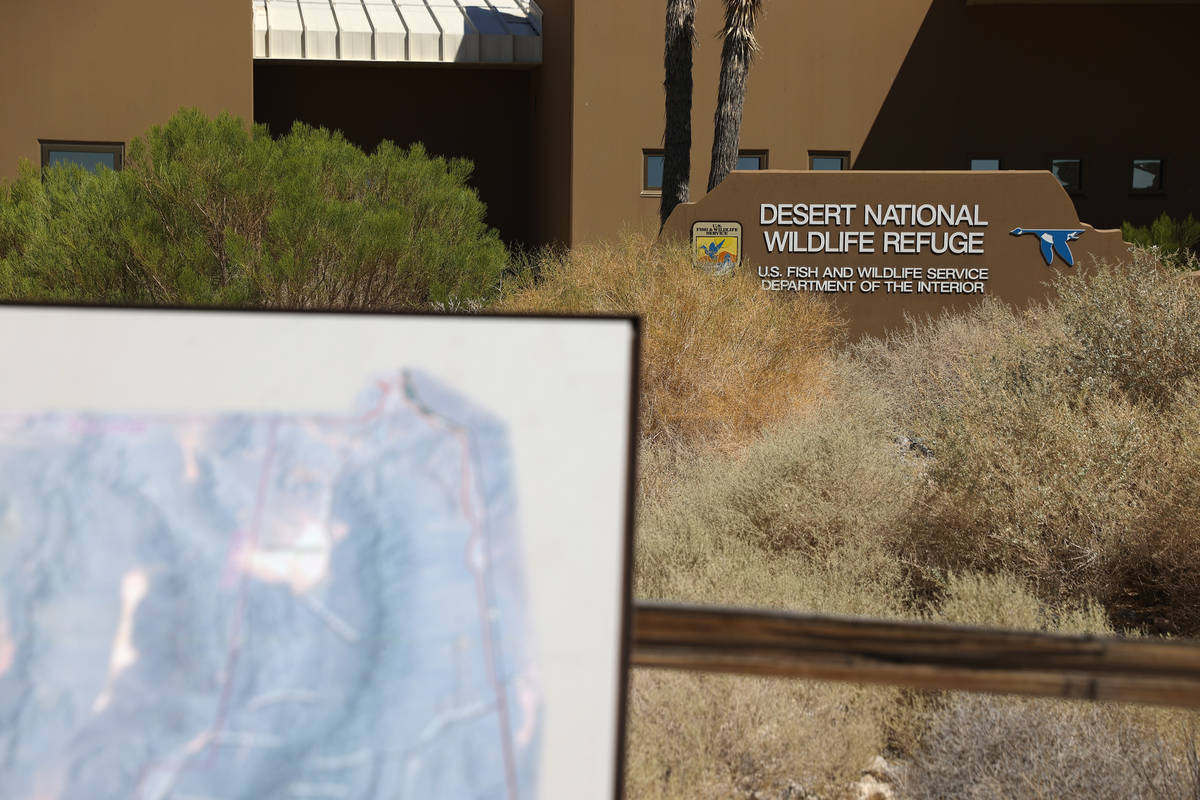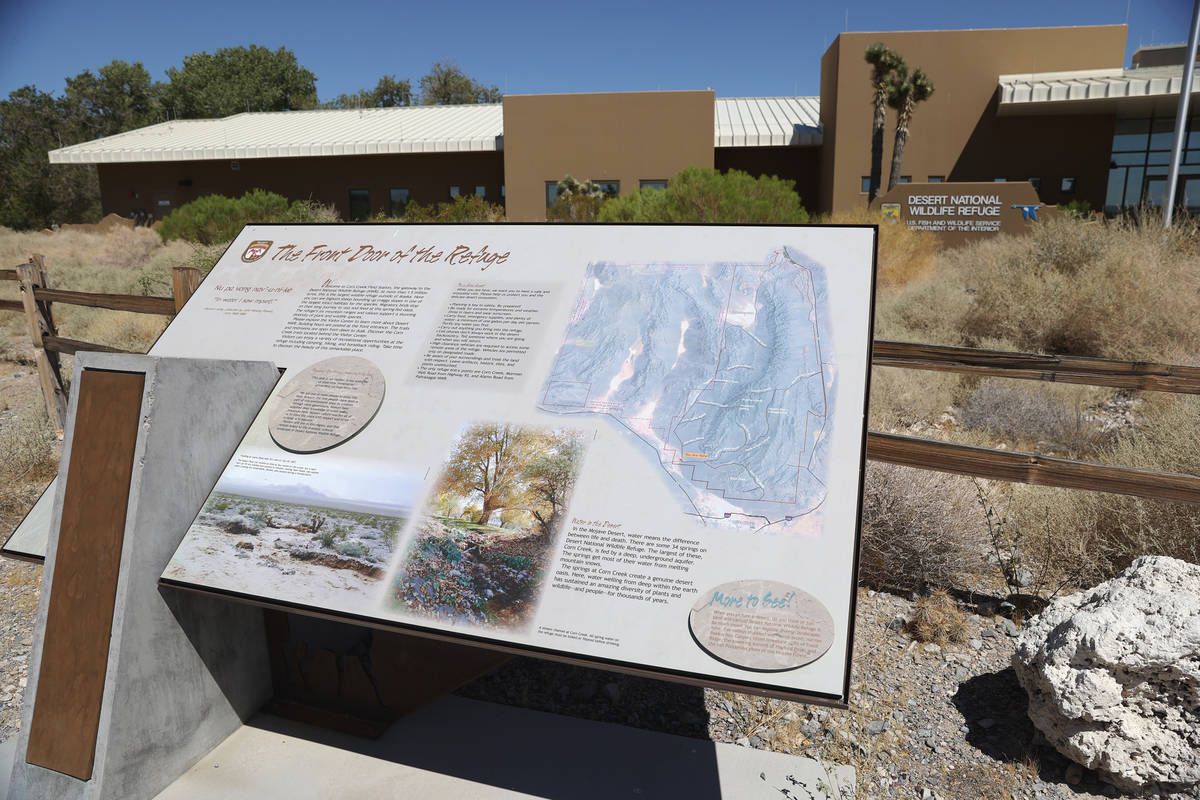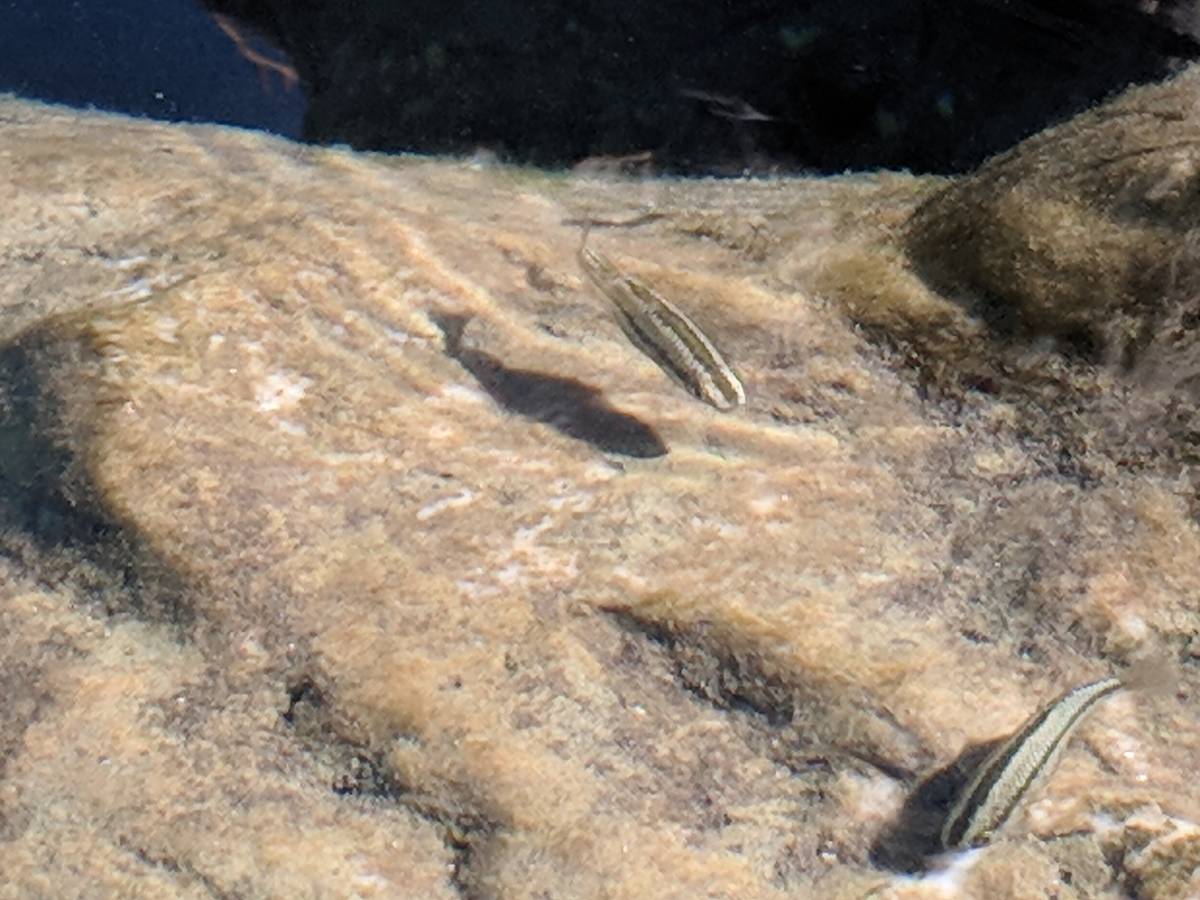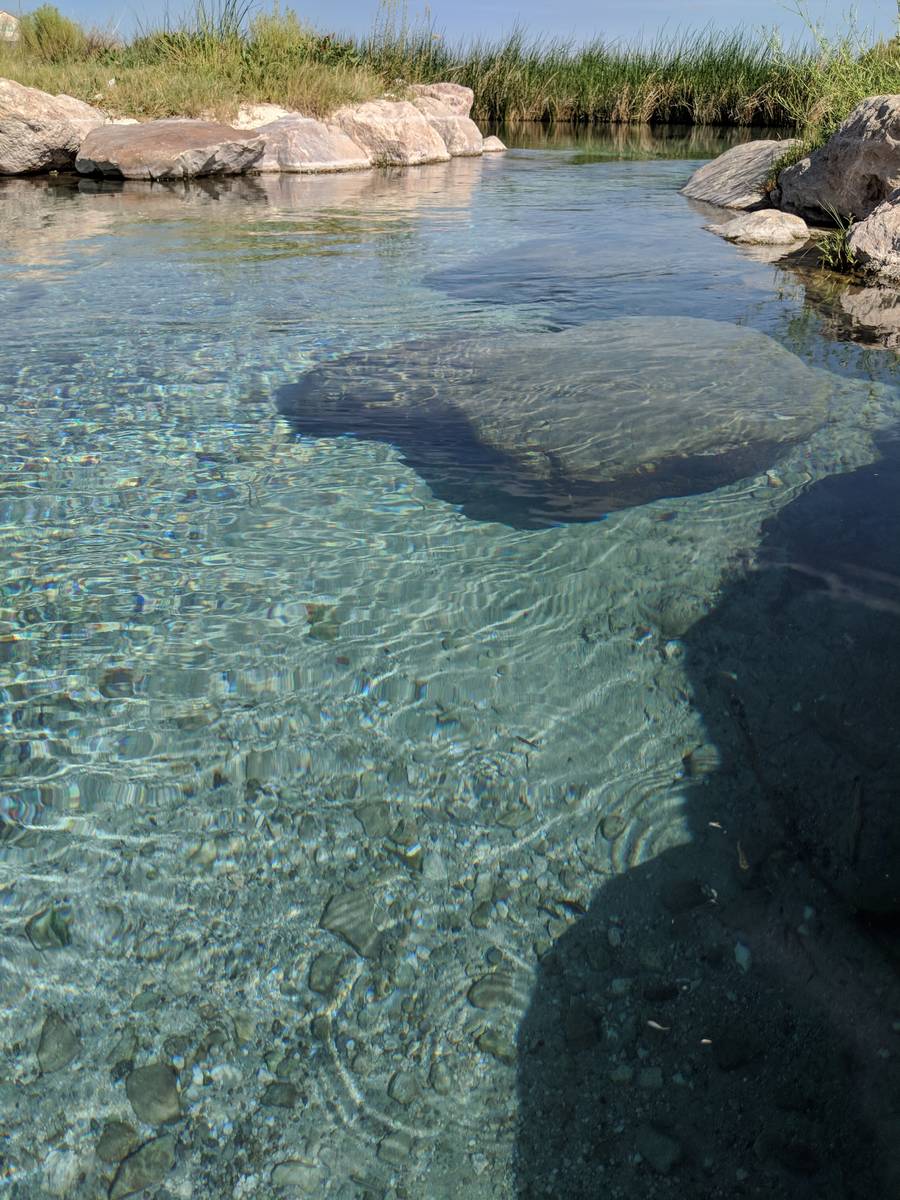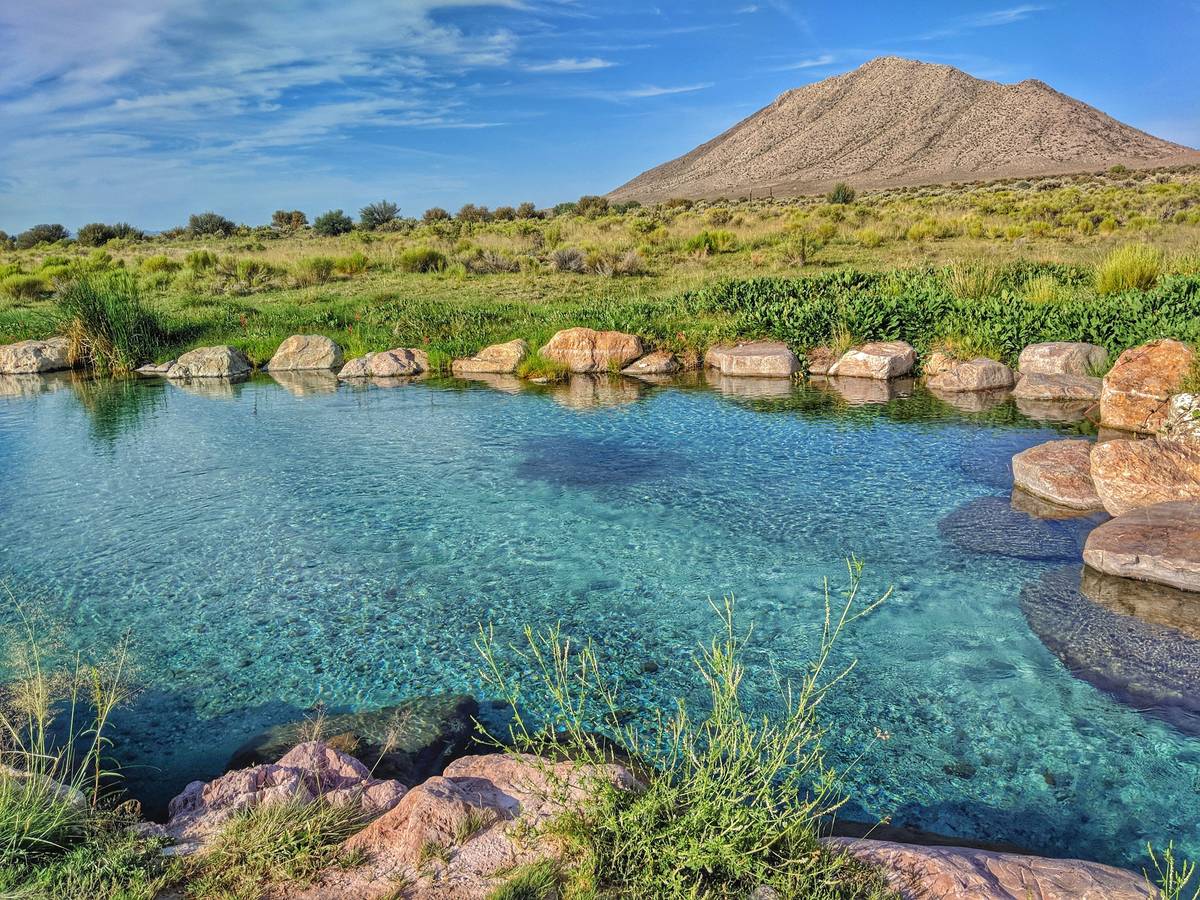Fish found only in the Nevada desert? Meet some of our endemic species
Despite being located in the hot and dry Mojave Desert, Nevada is home to 52 fish species found nowhere else in the world.
These species are endemic, meaning native to a single geographic location.
“Mojave actually means by the water. And this entire area was a bunch of interconnected streams and little lakes all over the place. And it dried up very quickly,” said Frank Van Breukelen, UNLV’s director of the School of Life Sciences.
Over the last 35,000 years, as the region became drier, the fish were stranded and isolated into the remaining springs and wetlands scattered across the state. In isolation, they evolved into new and unique species seen only in Nevada.
But according to Van Breukelen, these fish aren’t thriving; they’re surviving.
“We think about them (endemic fishes) being adapted to live there. But the reality of it is that they spent most of our evolutionary history in cooler waters, which means that they aren’t very well adapted to live there,” he said.
Nevadans can visit the Devils Hole pupfish and the Ash Meadows Amargosa pupfish at Ash Meadows National Wildlife Refuge. Corn Creek is only 30 minutes northwest of Las Vegas, and visitors can go there to see the Pahrump poolfish in a tank.
Learning to adapt to new environments has led to some interesting biological traits.
Van Breukelen studies how organisms survive in extreme conditions. While studying the Devils Hole pupfish, he found that they can survive without oxygen for more than two hours. They use an alternate method of producing energy.
A byproduct of that method is alcohol. The alcohol affects the pupfish similarly to the way it does a human liver.
“We might actually be able to get some insight into what life would be like in a natural setting as a chronic alcoholic,” Van Breukelen said.
Read more about Van Breukelen’s work with these fish here.
Endemic species under threat
The Devils Hole pupfish are one of 300 endemic species of plants and animals in Nevada.
Nevada has the Desert Valley kangaroo mouse and the Palmer’s chipmunk, insects like the dune honey ant and the Mount Charleston butterfly, and plants like Tiehms buckwheat and the Eastwood milkweed.
These fish and other endemic species are critical to maintaining the ecosystem, besides what they can tell us about the human experience.
“Biodiversity is what gives us clean air to breathe and clean water to drink. And it’s what puts food on our table.” said Patrick Donnelly, the Nevada director for the Center for Biological Diversity.
“Without biodiversity, the processes that make life possible on Earth don’t exist. And so we need to protect endemic species because they form a piece of this incredible web of biodiversity.”
The Nevada Heritage Project uses “field surveys, museum collections, resource management agencies, and published and unpublished reports,” to record and consolidate natural resource information about Nevada’s species.
At the Center for Biological Diversity, Donnelly works to conserve the wild things and wild places of Nevada. Many species are under threat because of climate change, loss of habitat due to development, and groundwater pumping.
“The chief threat facing endemic species is climate change. Species in Nevada that are endemic to a specific set of conditions evolved over time to those conditions. Typically, they are very harsh conditions … and because they are at the edge of their tolerance for conditions, a change, like an increase in temperature, or especially a decrease in precipitation, could really spell catastrophe for many of these endemic species across the state,” Donnelly said.
Support endemic species
There are a few simple things that Nevadans can do to protect at-risk endemic species.
In addition to facing threats of climate change and habitat loss, invasive species are also detrimental to the survival of endemics.
When landscaping, choose native plants over nonnative ones. Instead of releasing pets into the wild, take them to a shelter.
“Red Rock is just full of goldfish. People are just dropping off pets and allowing those those pets access to these environments, and they’re all competing with native species,” Van Breukelen said.
Other actions include voting or backing petitions. Petitions show legislators the popular support that endemic species have.
“When when you go to the ballot box in November, you need to ask yourself, who’s going to be making the best choices to preserve biodiversity and to stop the climate crisis,” Donnelly said. “Our actions could be the difference between survival or extinction. The fact that you can hold the whole species in your hands really conveys a sense of weight to all the actions associated with it.”
Earyn McGee is a 2020 Mass Media reporting fellow through the American Association for the Advancement of Science. Email her at emcgee@reviewjournal.com. Follow her on Twitter at @Afro_Herper



